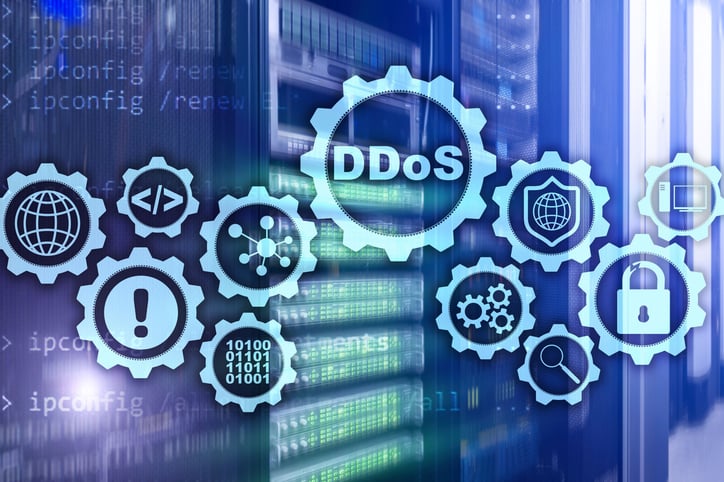5 min read
What Struggles Will Some Face Starting A Cybersecurity Career?
Embarking on a cybersecurity career can be a challenging journey filled with unique struggles. In this blog, we will explore the common obstacles...
2 min read
 The Amazing Team at Force One
:
Apr 8, 2024 12:35:53 PM
The Amazing Team at Force One
:
Apr 8, 2024 12:35:53 PM
In an era where digital fortresses are fortified with lines of code, the importance of physical security measures often slips through the cracks of our cyber-centric focus. However, as I learned early in my career, overlooking the physical aspects of network security can lead to vulnerabilities as gaping as any software loophole.
My journey into the realization of physical security's critical role began with an incident at a well-known retail corporation. Despite having top-tier cybersecurity measures, a simple oversight in physical security led to significant data loss. An unauthorized person gained access to a restricted area, exploiting an unsecured workstation. This incident was a stark reminder that cybersecurity is not just about software and systems but also about the physical measures protecting these assets.
The Framework: Policies, Procedures, and Guidelines
To safeguard against both digital and physical threats, a comprehensive approach is essential. This includes establishing:
Together, these forms the backbone of an organization's security strategy, ensuring every team member knows their role in maintaining security.
Fortifying the Physical Domain
The implementation of physical security methods can be broad and varied, including:
Embracing Modern Challenges: IoT Devices and Connectivity
The integration of IoT devices into business operations presents new security challenges. These devices, often lacking in robust built-in security, can serve as entry points for attackers. Strengthening network security involves:
Also Read: Enhancing Cyber Defense: The Power of Reconnaissance Tools and Vulnerability Scans
If you're interested in more job tips and ways to advance your career in the cybersecurity field, check out more details at ForceOne Cybersecurity. Together, we can build a safer digital future.
FAQs

5 min read
Embarking on a cybersecurity career can be a challenging journey filled with unique struggles. In this blog, we will explore the common obstacles...

5 min read
When a cybersecurity incident strikes, it often feels like navigating a storm. The adrenaline kicks in, the team gears up, and every second counts....

3 min read
In the dynamic landscape of network security, the concept of high availability is not just a technical requirement but a strategic asset that keeps...